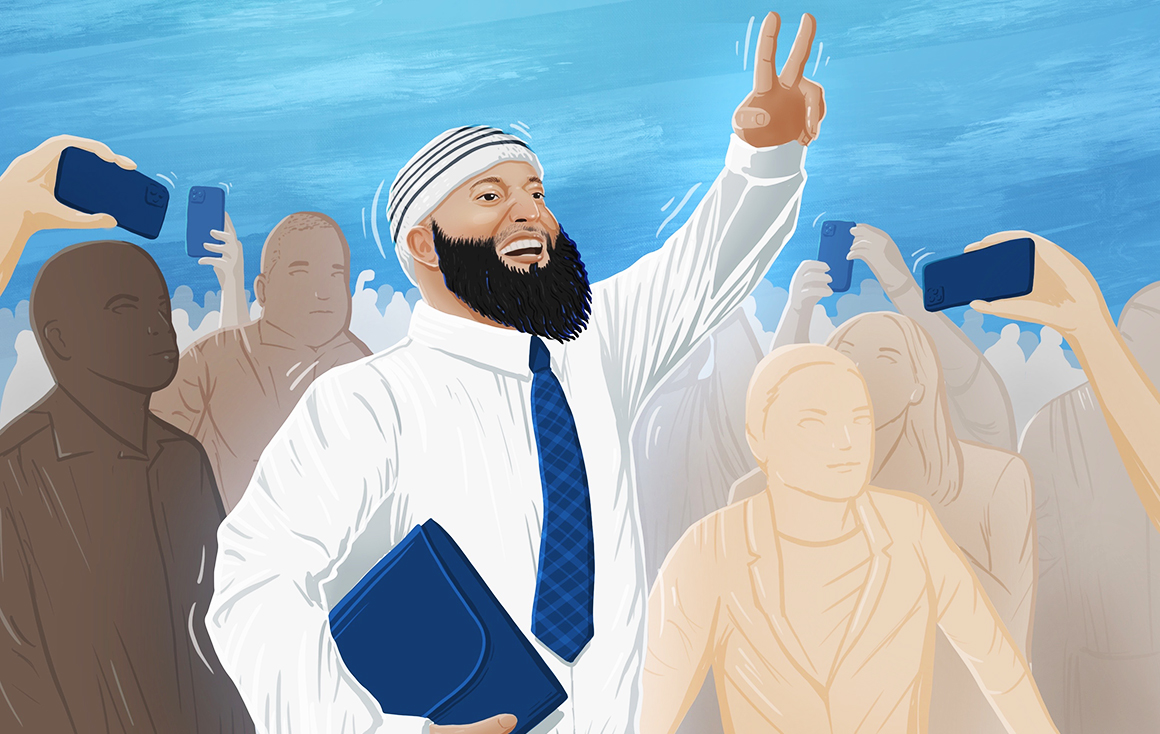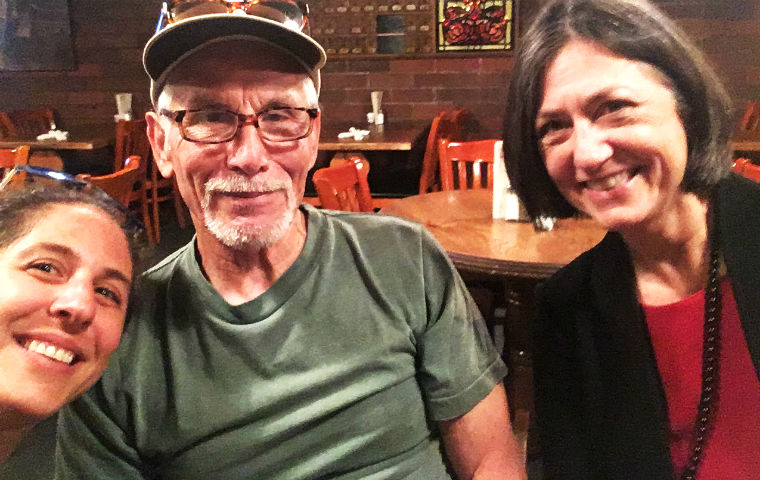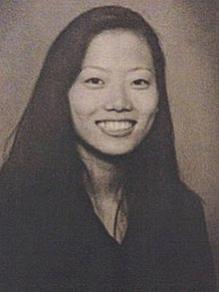Unmaking a Murderer

After 22 years in prison for a crime he claims he didn’t commit, Adnan Syed walked free on September 20, 2022. Thanks to new evidence uncovered by prosecutors, Syed’s 2000 murder conviction was overturned and the 41-year old exited a Baltimore courtroom to a crowd of media and supporters.
While many fans of the “Serial” podcast were happy to see him freed—with a job at Georgetown University’s Prisons and Justice Initiative waiting for him—others were left asking, “What took so long?”
Linda Starr, co-founder and executive director of SCU’s Northern California Innocence Project (NCIP), knows a bit about why. For the past 22 years, Starr has devoted her professional life to working to overturn the convictions of people like Syed. In her time at Santa Clara, NCIP has exonerated 35 people, and helped countless others by training more than 750 law students to help the wrongfully convicted.
“Watching these clients achieve their vindication and live their lives is so rewarding,” says Starr. “We get to know them and see the resilience and strength they have. They really become another family.”
In recent years, stories like Syed’s have consumed mainstream America through bingeable content. Shows like Making a Murder, The Innocence Files, and The Jinx on Netflix haven't just dominated streaming numbers but also inspired a culture of internet sleuths who try to crack cases and overturn convictions.
But while a documentary or podcast can quickly sway the court of public opinion, Starr says changing a judicial court ruling is much more complicated. Instead, it’s an exhausting, yearslong process full of roadblocks, frustration, and even judicial losses before ultimately justice in court.
Putting a face to systemic issues
Even now, Syed’s redemption story has taken an unexpected turn. In April, a Maryland appellate court reinstated his conviction, determining a circuit court judge had violated the rights of Young Lee, the brother of the teenager that Syed was convicted of killing.
While convictions aren’t often reinstated, Starr says Adnan's case is indicative of the ups and downs prisoners routinely face as they seek freedom.

Linda Starr (right), pictured with fellow lawyer Paige Kaneb (left) and Ed Easley, a man who was wrongfully convicted and served five years in prison before being released, thanks to the help of the Northern California Innocence Project.
That doesn’t mean the attention from true crime entertainment hasn’t impacted justice work—for better and worse. For starters, Starr says true crime media has highlighted to the general public the mistakes that are made by the justice system, which could lead to better jurors at future trials.
Generally speaking, the public has a strong trust in law enforcement and the experts presented by the prosecution. This blind deference can lead juries to uphold convictions based on demonstrably faulty evidence.
By explaining to viewers, step-by-step, why seemingly reliable evidence like eyewitness accounts, confessions, or, in Syed’s case, cell phone data, might be flawed, the audience (who are potential jurors) is more critical of the criminal justice system.
“They’re less likely to just accept things and more likely to have questions about it,” Starr says.
In essence, true crime media puts a human face to systemic issues that happen in courts every day, but that the average person dismisses or doesn’t even hear about.
Starr points to Franky Carrillo, a man who was imprisoned for nearly 20 years for a murder he didn’t commit. Even though several witnesses pointed to Carrillo as the man who shot Donald Sarpy during his trial, subsequent interviews revealed none of the five witnesses had actually seen the shooter’s face because it was too dark.
“The more we can show the public that law enforcement does break rules and that it has serious human consequences, the more they can make some effort to hold law enforcement accountable,” says Starr. “It can’t just be, ‘Oh, well, you know, this convicted person probably did something else bad anyway.’”
Fixated on forensics
While true crime media has highlighted cracks in the criminal justice system, it can make Starr’s job more difficult, she says. Most notably, when it comes to forensic evidence.
Many of the cases solved in true crime entertainment are solved —or seemingly solved—using forensic science. The problem with this consistent narrative is that it paints an inaccurate picture of its reliability, Starr says.
While DNA testing analysis is a repeatable science, other forms of forensics are still developing areas of study and may be completely unreliable.
Forensic microscopic hair comparisons, for example, which were popular decades ago and are consistently featured in true crime have come under heightened scrutiny in recent years and were abandoned entirely by many experts.
“People are completely enamored with forensic science. They think it’s great. They think it’s all valid,” Starr says. “But they watch shows like CSI with fictionalized stories about forensic science and accept it without questioning the validity.
“It’s done a real disservice to the criminal justice system.”
Not just characters in a story
Perhaps the biggest drawback to the true crime phenomena is the humanity lost when real lives become entertainment, Starr says. People featured in true crime documentaries are not characters in a Hollywood thriller or fodder for online debate, but humans whose lives were forever changed.

The humanity of victims like Hae Min Lee is often lost in online debate about true crime entertainment.
Starr points out that most of the wrongly convicted don’t get a “happy ending.” In the rare instance a conviction is overturned, the unjustly incarcerated have often spent half their lives in prison and don’t have adequate resources waiting upon release.
Learning of the recent setback in Syed’s case, Starr empathizes with everyone involved—from Syed himself to the lawyers and families involved. She knows the frustration well.
“It’s very hard dealing with crazy setbacks that are oftentimes unfair,” Starr says, noting the personal nature of the work. Even when a case she’s working on becomes newsworthy, her focus is always on the people she’s representing—what they want and what’s best for them. “I feel for Adnan and sincerely hope it will work out in his favor and he will achieve justice.”
Housed in the Santa Clara University School of Law, NCIP promotes a fair, effective, and compassionate criminal justice system and protects the rights of the innocent by challenging wrongful convictions, exonerating the innocent, educating future attorneys, and reforming criminal justice policy.